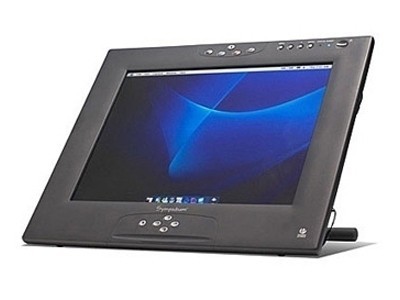Introduction: The Growing Role of Technology in Education
As technology becomes increasingly integral to education, tools like smart boards have emerged as essential resources in modern classrooms. These interactive whiteboards offer a combination of traditional writing surfaces with advanced digital features, enhancing the learning experience. However, understanding the cost implications of investing in a smart board is crucial for making an informed purchase. This article provides a detailed overview of the factors that influence the price of smart boards, helping you navigate your options effectively.

How Much Does a Smart Board Cost?
Size Matters: The Impact of Board Dimensions on Cost
One of the most significant factors affecting the cost of a smart-board is its size. They come in various dimensions, from compact 42-inch models to expansive 84-inch versions. Larger boards typically command higher prices due to the increased complexity of their hardware and software, which are designed to manage more substantial interactive surfaces effectively.
Technology Types: Understanding the Variations in Smart Board Pricing
The type of technology a smart-board uses is another critical factor influencing its price. Different smart-boards employ various technologies, such as infrared, projected capacitive, surface acoustic wave, or resistive technology. Each technology offers distinct advantages and disadvantages, with the board’s price reflecting the sophistication and quality of the technology it incorporates.
Software Costs: A Vital Component of Your Smart Board Investment
In addition to the hardware, the cost of the accompanying software is an essential consideration. While some smart-boards come with pre-installed software, others require separate software purchases. The price of this software can vary depending on the features it offers and the number of licenses needed, which can significantly impact your overall budget.
Installation and Maintenance: Hidden Costs to Consider
Beyond the initial purchase, installation and maintenance costs are vital to factor into your budget. Installing a smart-board often requires technical expertise, and hiring a professional installer might be necessary to ensure proper setup. Moreover, regular maintenance may be required to keep the smart-board functioning optimally, potentially adding to your ongoing expenses.
Conclusion: Making an Informed Smart Board Purchase
The cost of a smart-board can vary widely based on several factors, including size, technology type, software, and installation and maintenance costs. By carefully considering these elements and setting a realistic budget, you can select a smart-board that meets your educational needs without straining your financial resources.
Summary FAQ: Understanding Smart Board Costs
Q: What factors most influence the cost of a smart-board?
A: The main factors influencing the cost include the size of the board, the type of technology it uses, the cost of accompanying software, and the expenses related to installation and maintenance.
Q: How does the size of a smart board affect its price?
A: Larger smart boards typically cost more due to the advanced hardware and software required to manage bigger interactive surfaces.
Q: Are there additional costs beyond the initial purchase of a smart board?
A: Yes, additional costs may include software, installation, and ongoing maintenance, all of which should be factored into the overall budget.
Q: What should I consider when choosing smart board software?
A: Consider the features offered by the software and the number of licenses required, as these can impact both the functionality and cost of your smart board.
